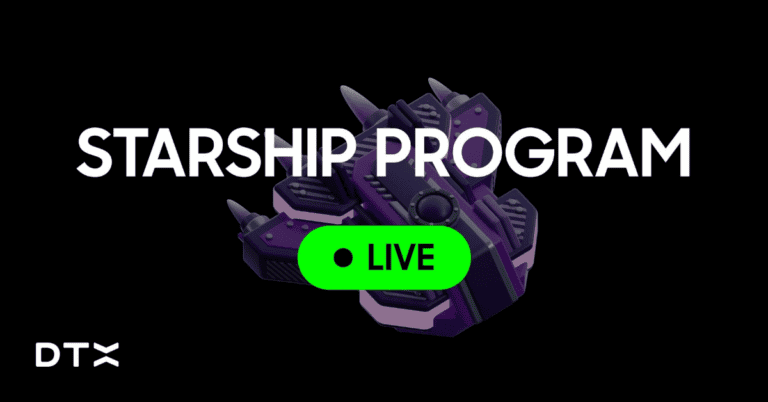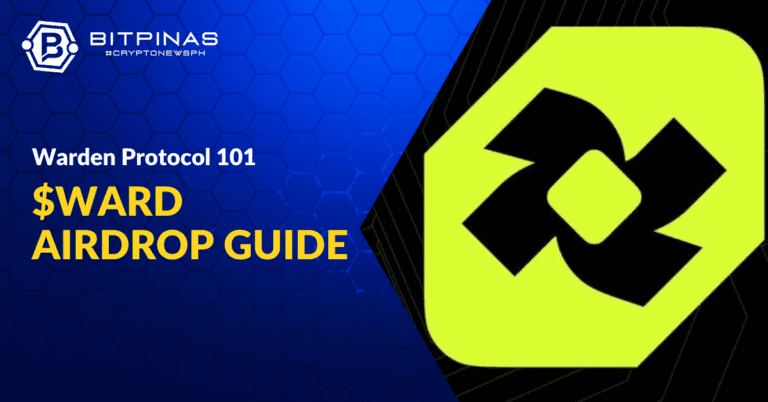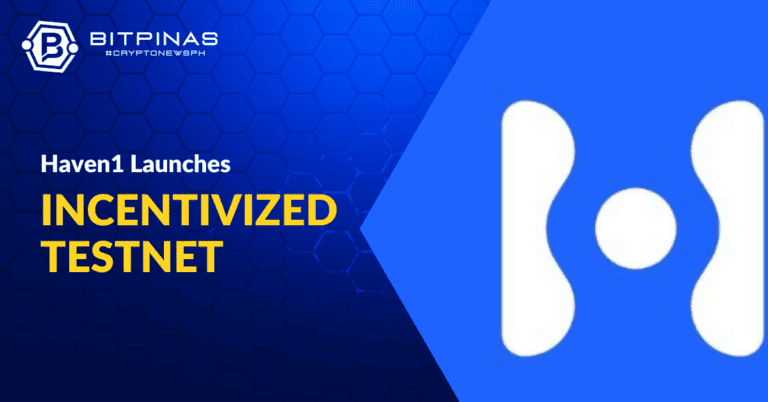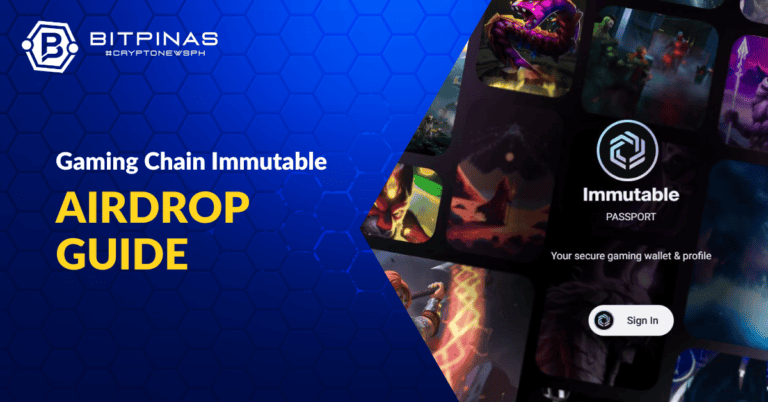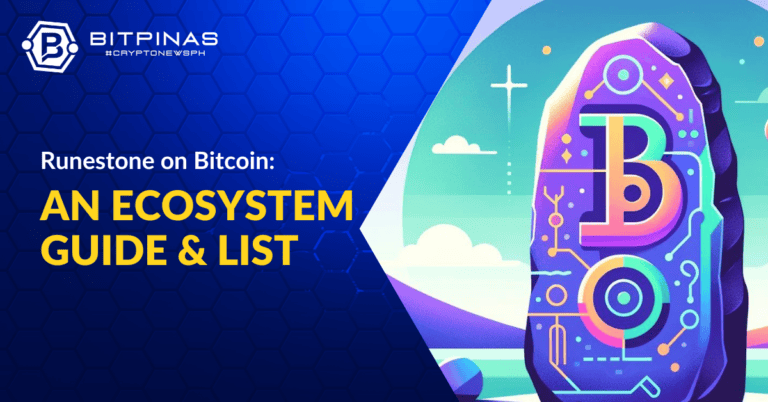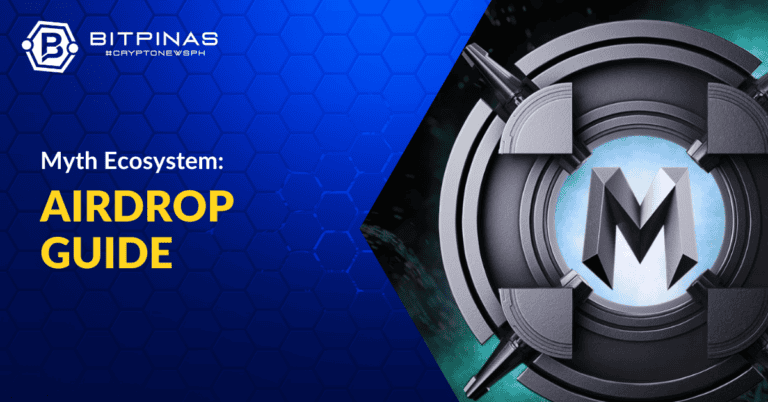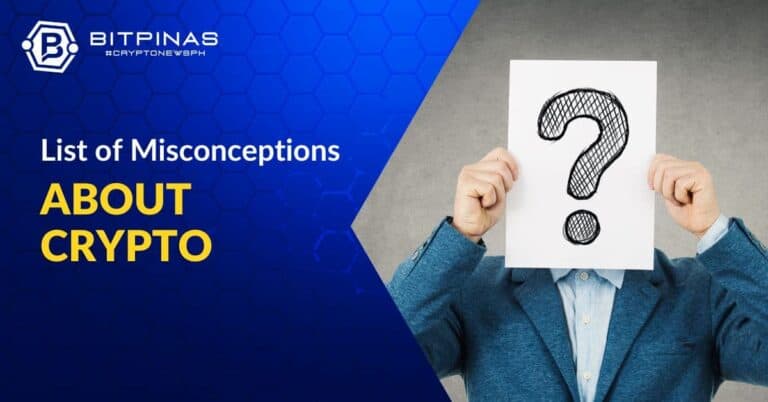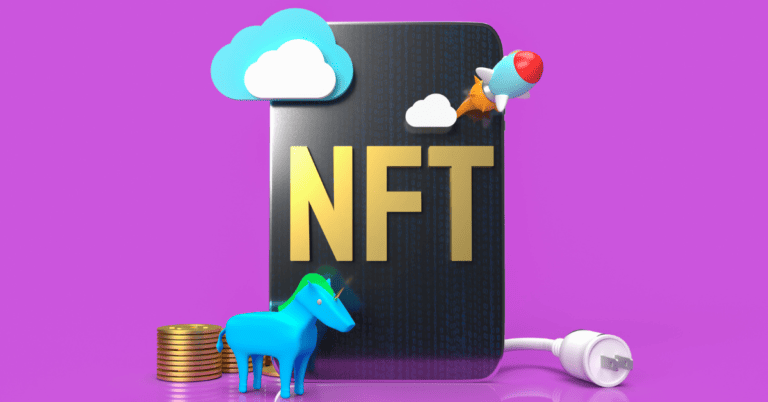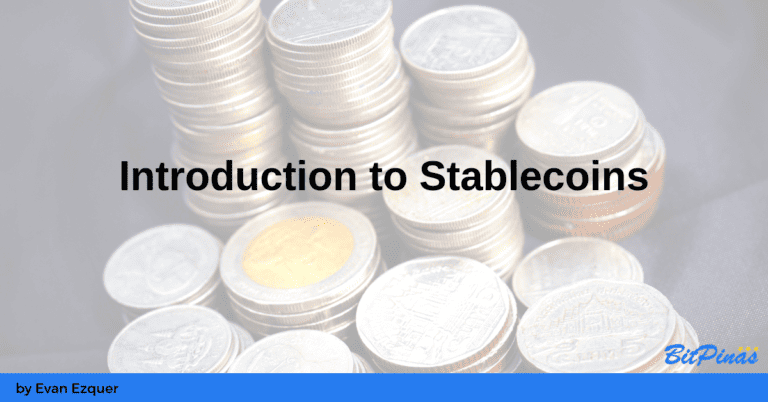(Update) Eigenlayer Airdrop Confirmed
Check out the eligibility for the Eigenlayer airdrop and the list of countries that are banned from claiming the Eigen Token.
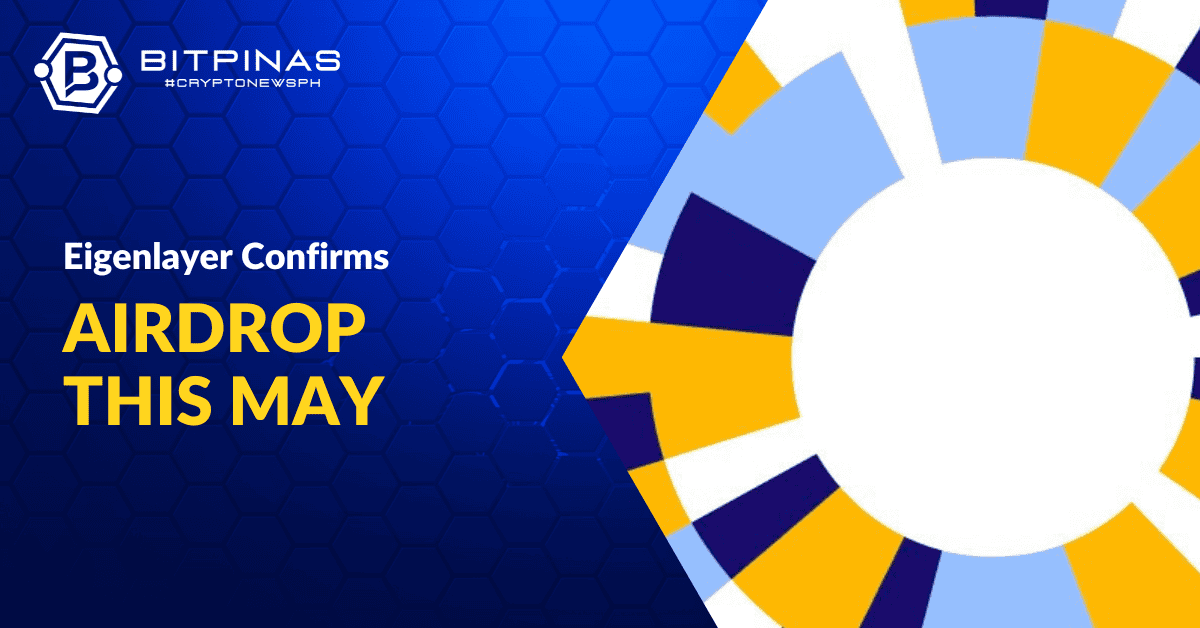
Updated on April 30, 2024. (View the updated section here.)
For developers, decentralized applications (dApps) built on top of the Ethereum blockchain require a trust network that will secure their systems.
This is what EigenLayer claims to solve—enabling services, EVM-compatible or not, to tap into the pooled security of Ethereum’s stakers, “creating an environment for permissionless innovation and free-market governance.”
(Read more: 20+ Potential Crypto Airdrops to Watch Out For in 2024)
Read more about blockchain ecosystems and find more airdrop opportunities on BitPinas:
Table of Contents
EigenLayer Introduction
EigenLayer (https://www.eigenlayer.xyz/) is an Ethereum-based protocol that is known for introducing restaking, a concept that allows Ether, and other tokens, to be reused on the consensus layer.
Technically, EigenLayer is a set of smart contracts that allows consensus layer $ETH stakers to opt in to validating new software modules built on top of the Ethereum ecosystem. Stakers can then choose to grant the protocol to add slashing conditions on their staked ETH, as explained by its developers:

“By opting into EigenLayer, stakers can validate for many types of modules including consensus protocols, data availability layers, virtual machines, keeper networks, oracle networks, bridges, threshold cryptography schemes, and trusted execution environments. Instead of fragmenting security between modules, EigenLayer aggregates ETH security across all of them. This increases the security of the decentralized applications (DApps) that rely on the modules.”
Moreover, the team also emphasized that restaking $ETH to provide security among the Ethereum network and the dApps in the ecosystem will reduce capital costs.
“Users that stake ETH natively or with a liquid staking token (LST) can opt-in to EigenLayer smart contracts to restake their ETH or LST and extend cryptoeconomic security to additional applications on the network to earn additional rewards,” its whitepaper read.
EigenLayer Features
EigenLeyer allows its users to restake $ETH. Users have two options: liquid restaking, and native restaking.
What is Liquid Restaking?
Liquid restaking is the process of depositing liquid staking tokens (LSTs). As of this writing, EigenLayer supports the following LSTs:
- $stETH (Lido)
- $rETH (Rocket Pool)
- $cbETH (Coinbase)
- $wBETH (Binance)
- $osETH (Stakewise)
- $swETH (Swell)
- $AnkrETH (Ankr)
- $EthX (Stader)
- $OETH (Origin ETH)
To restake LSTs:
- Step 1: Go to https://app.eigenlayer.xyz/.
- Step 2: Connect a web3 wallet. The accepted wallets are MetaMask (https://metamask.io), Coinbase Wallet (https://www.coinbase.com/wallet), and WalletConnect (https://walletconnect.com).
- Step 3: Under the “Liquid Restaking” section, choose an LST.
- Step 4: Type in the desired amount of token to be restaked.
- Step 5: Click the “Next” button.
- Step 6: Approve the token spending button.
- Step 7: Set a spending cap.
- Step 8: Click the “Next” button.
- Step 9: Click the “Approve” button.
- Step 10: Confirm the transaction.
- Step 11: Monitor the staking rewards and restaked ratio on https://goerli.eigenlayer.xyz/.
Meanwhile, native restaking is a process of setting a validator to withdraw credentials to the protocol. It is only available to Ethereum validators. Validators who are interested can follow this guide.
EigenLayer Airdrop Guide – How to be eligible
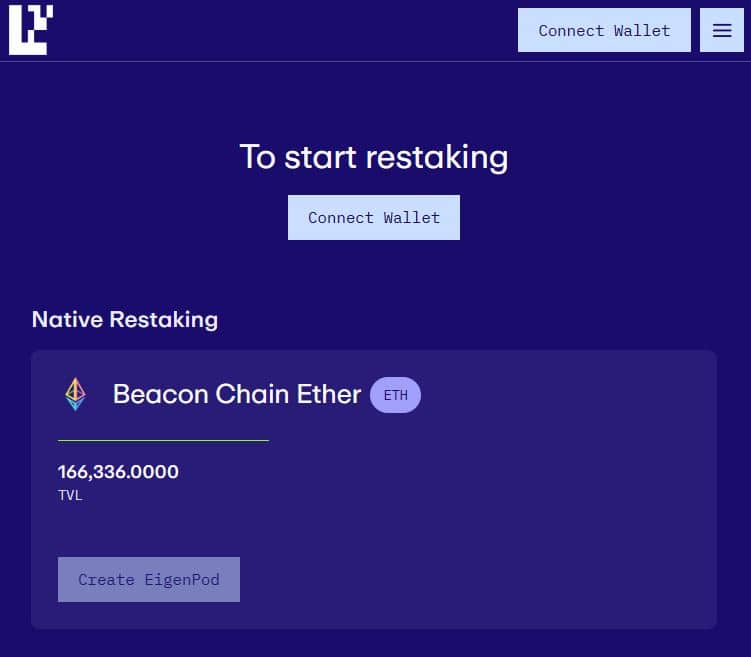
EigenLayer has announced the release of its native token, EIGEN, which will be governed and distributed by the independent non-profit Eigen Foundation.
The launch is scheduled for May 10, 2024, with a total supply of 1.67 billion tokens. The foundation has earmarked 45% of the tokens for community initiatives, subdivided into stakedrops, community initiatives, and ecosystem development, each accounting for 15%.
Eigen Token Airdrop Allocation
- Investors and early contributors to EigenLayer will receive 29.5% and 25.5% of the token supply, respectively.
- These allocations are subject to a three-year lockup period, with the first year featuring a complete lock and a subsequent release rate of 4% per month over the next two years.
Where to Claim Eigen Token Airdrop
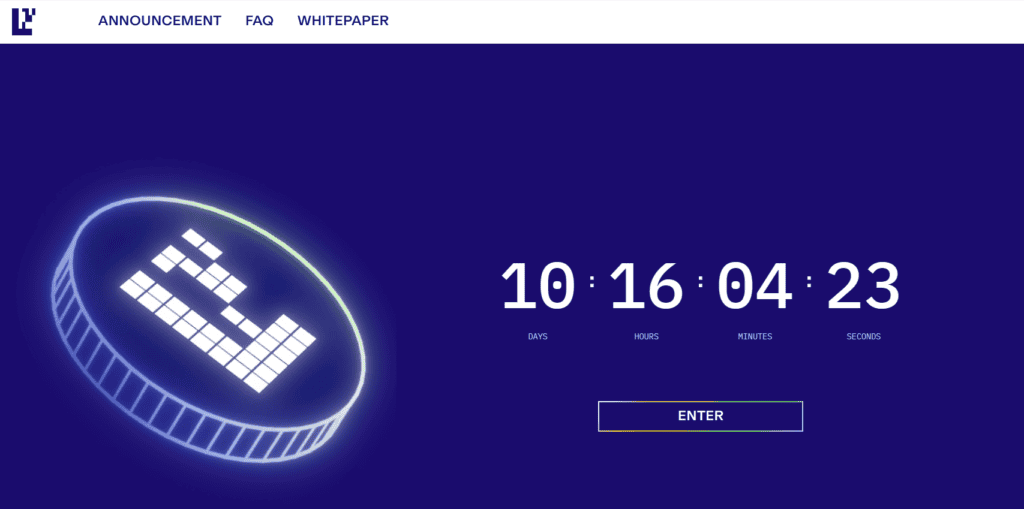
The first season of the token airdrop, referred to as a “stakedrop,” will allocate 5% of the EIGEN supply to eligible stakers based on their activity as of March 15, 2024.
Ninety percent of these tokens will be claimable starting May 10, with a 120-day claim window, while the remaining 10% will be available a month later.
You can check the claim portal here: https://claims.eigenfoundation.org/
Token Usage
Upon release, the EIGEN token will initially be non-transferable to allow for community consensus building around its utility and governance.
The token can eventually be staked to secure EigenLayer’s data availability layer, EigenDA, and other Actively Validated Services (AVS).
List of Countries Banned From Claiming Eigenlayer Airdrop
Here is the list of countries that are banned from claiming the EigenLayer airdrop, referred to as “Prohibited Jurisdictions”:
- People’s Republic of China
- Republic of Cuba
- Democratic People’s Republic of Korea (North Korea)
- Kingdom of Cambodia
- Republic of the Union of Myanmar (Burma)
- Lao People’s Democratic Republic (Laos)
- Islamic Republic of Pakistan
- Republic of Mali
- Islamic Republic of Afghanistan
- Republic of Albania
- Republic of Angola
- Republic of Botswana
- Republic of Chad
- Central African Republic
- State of Eritrea
- Republic of Guinea
- Russian Federation
- Federal Republic of Somalia
- Democratic Republic of the Congo
- Republic of the Congo
- Republic of Malawi
- Republic of Mozambique
- Republic of Kyrgyzstan
- Bosnia and Herzegovina
- Republic of Uzbekistan
- Turkmenistan
- Republic of Burundi
- Republic of Sudan
- Republic of South Sudan
- Republic of Nicaragua
- Republic of Vanuatu
- Republic of Macedonia (North Macedonia)
- Lebanese Republic (Lebanon)
- Commonwealth of the Bahamas
- Republic of Kosovo
- Islamic Republic of Iran
- Republic of Iraq
- Republic of Liberia
- State of Libya
- Syrian Arab Republic (Syria)
- Republic of Tajikistan
- Republic of Yemen
- Republic of Belarus
- Plurinational State of Bolivia
- Bolivarian Republic of Venezuela
- Regions of Crimea, Donetsk, and Luhansk
- United States of America
- Canada
Additionally, the organization has implemented proxy and VPN detection and blocking controls to prevent claims from these jurisdictions.
This article is published on BitPinas: Eigenlayer Airdrop and Restaking 101
Disclaimer:
- Before investing in any cryptocurrency, it is essential that you carry out your own due diligence and seek appropriate professional advice about your specific position before making any financial decisions.
- BitPinas provides content for informational purposes only and does not constitute investment advice. Your actions are solely your own responsibility. This website is not responsible for any losses you may incur, nor will it claim attribution for your gains.
